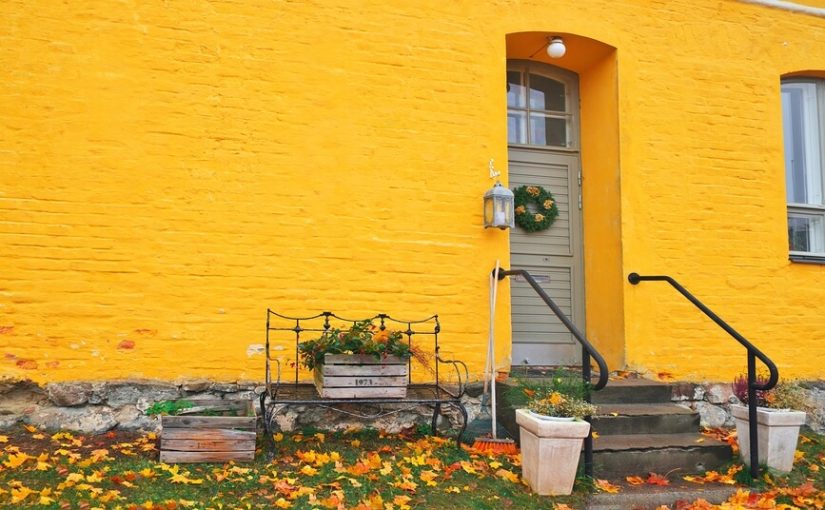With less than 100 days till Christmas, there’s no denying that winter is coming. As the calendar pages fall like autumn leaves, it’s time to get the house ready for winter.
Here are our five top tips for those all-important household winter planning tasks that will help to keep you warm and dry whatever the weather decides to do outside.
1. Boiler check
An annual boiler service is a good idea anyway, and there’s no better time to get the boiler looked at than autumn.
This gives you time to get a certified Gas Safe engineer to tune up your boiler, as well as to sort out any problems that might arise with it.
Leave it too late and the worst case scenario is no central heating – not such a big deal if you have electric heaters – but also no hot water, which means cold showers for at least a few days in the middle of winter.
2. Gutters and drainpipes
Winter means wet weather, so get your gutters cleaned and your drainpipes cleared to make sure the excess rainwater runoff from your roof finds its way into the drains where it belongs.
It’s not only annoying when gutters start to overflow, it can also lead to problems like penetrating damp and leaky fascias and roofs.
You might want to get your roof checked for any loose tiles or slates while you’re at it – it’s easier, cheaper and safer to get them fixed down than it is to replace them after they blow off and smash.
3. Loft insulation
Is your loft insulated? And if so, was it done recently? Good loft insulation can save as much as a fifth on your energy bill – for a semi-detached house that’s £135 a year for a £300 installation cost, according to the National Insulation Association.
The recommended minimum depth of loft insulation is now 27cm for glass wool, 25cm for rock wool and 22cm for cellulose.
So get up your loft ladder with your old 30cm school ruler and see how far you can bury it in your loft insulation – if it’s less than 20cm you could be losing heat unnecessarily over winter.
Depending on the type of loft insulation you have, it might be best to remove it and replace it with more modern insulating materials — you can hire a skip to get rid of the old stuff, but if you think it might be a hazardous or irritant material check with your skip hire provider first.
4. Pipe lagging
Lagging is like loft insulation for your water pipes. It’s a layer of foam that goes around pipes, helping to protect them against extreme cold.
This can prevent frozen and burst pipes in the loft above your loft insulation layer, as well as any exterior pipework around your property.
It’s an easy fix that can save a small fortune compared with putting right water damage from a leak, and it only takes a minute to check if your pipes are already lagged or not.
5. Chimney sweeps
A swept chimney is a happy chimney. If you have open fires, it’s important to get your chimney swept regularly to reduce the risk of a chimney fire.
If you have gas fires, it’s still important to keep a clean chimney, to ensure you don’t get carbon monoxide building up in your home.
Either way, if you haven’t had your chimney looked at in the last few years, it’s probably worth thinking about this winter.
